Palm trees are a quintessential symbol of Florida’s tropical charm, adding beauty, elegance, and a touch of paradise to any landscape. With a variety of palm species to choose from, such as the popular coconut palm and Queen palm, selecting the best one for your home can be overwhelming. There are diverse palm tree varieties available for different climates and preferences, making it easier to find the perfect match for your specific needs.
This blog will guide you through six popular palm trees—Spindle Palm, Lady Palm, Royal Palm, Sylvester Palm, Bismarck Palm, and Sabal Palm—detailing why they are ideal (or not) for Florida’s climate, where and how they can be placed, and highlighting their unique qualities.
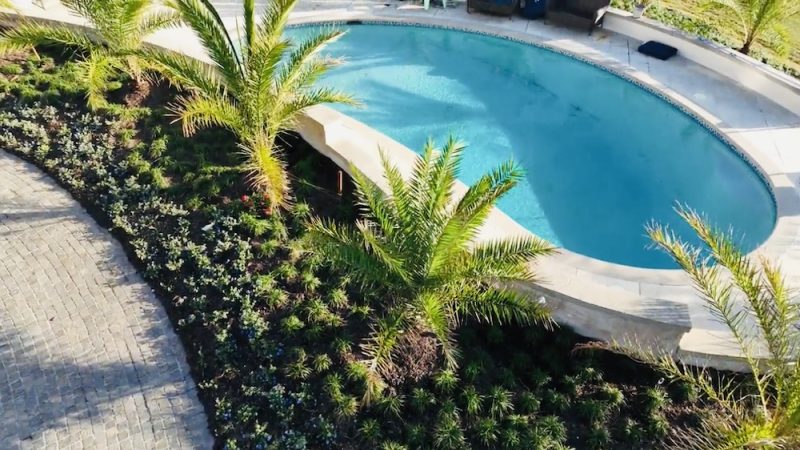
Spindle Palm
The Spindle Palm (Hyophorbe verschaffeltii) is known for its distinctive spindle-shaped trunk that bulges in the middle and tapers at both ends. Native to the Mascarene Islands in the Indian Ocean, this slow-growing palm tree is prized for its unique appearance and compact size, much like a Sago palm, making it a perfect choice for smaller gardens or as a focal point in a landscape.
Climate Suitability
Sabal Palms are incredibly well-suited to Florida’s climate, thriving in both coastal and inland areas. They are highly tolerant of salt, drought, and cold, making them one of the most resilient palm trees available. Sabal Palms can withstand temperatures as low as 10°F, making them perfect for all parts of Florida, including the more temperate Northeast region.
Placement and Care
Sabal Palms are versatile and can be used in various landscape settings, from beachfront properties to urban areas. They prefer full sun but can also tolerate partial shade. Sabal Palms are low maintenance, requiring little more than occasional pruning of dead fronds.
Unique Qualities:
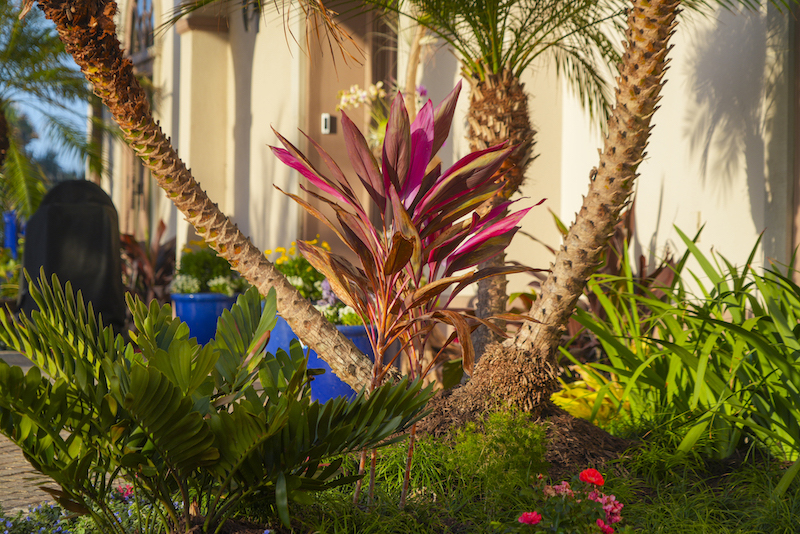
Lady Palm
The Lady Palm (Rhapis excelsa) is a versatile and elegant fan palm known for its fan-shaped leaves and multi-stemmed growth habit. Originating from Southeast Asia, this particular palm is often used as an indoor plant but can also thrive outdoors in Florida’s climate.
Climate Suitability
Lady Palms are well-suited to Florida’s climate, particularly in shaded areas with partial sun. They are cold-hardy and can tolerate temperatures as low as 20°F, making them an excellent choice for Northeast Florida. They thrive in humid environments, making them a great fit for the state’s subtropical conditions.
Placement and Care
Lady Palms are ideal for shaded garden areas, as they do not tolerate full sun well. They can be used as privacy screens, in container gardens, or as an indoor accent. Lady Palms prefer well-drained, moist soil and regular watering, particularly during dry spells. The Pygmy Date Palm is another suitable option for indoor settings, especially for those who do not have a favorable outdoor climate for palm trees.
Unique Qualities:
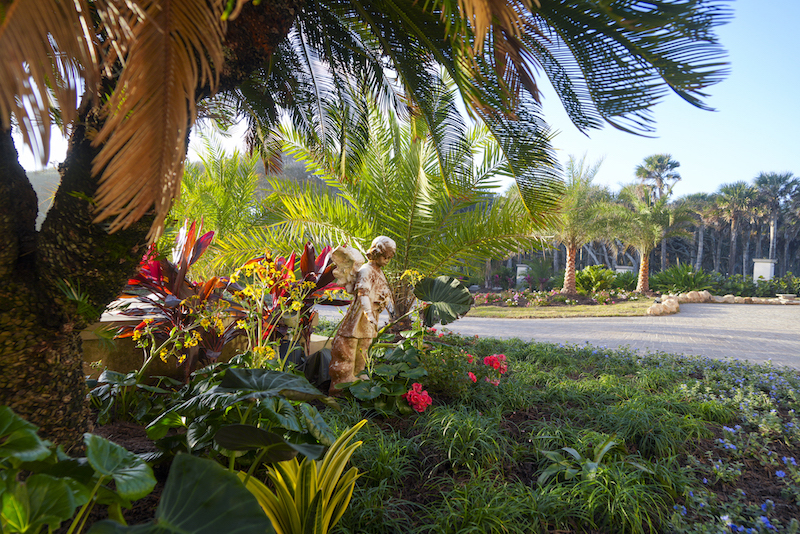
Royal Palm
The Royal Palm (Roystonea regia) is an iconic Florida tree, known for its towering height and majestic appearance. Native to Cuba and Florida, the Royal Palm is often used in grand avenues and large landscapes due to its impressive stature and symmetrical crown of feathery fronds.
Climate Suitability
Royal Palms are highly suited to Florida’s climate, thriving in both South and North Florida. They are tolerant of a range of native soil types, provided the soil is well-drained, and they are highly resistant to Florida’s occasional hurricanes due to their sturdy trunks.
Placement and Care
Given their potential to reach heights of up to 70 feet, Royal Palms are best suited for large properties where they can be the centerpiece of the landscape. They require full sun and regular watering, especially when young. Royal Palms are often used in rows along driveways or to line streets for a dramatic effect. Selecting the right palm tree is crucial for large landscapes to create a dramatic effect.
Unique Qualities:
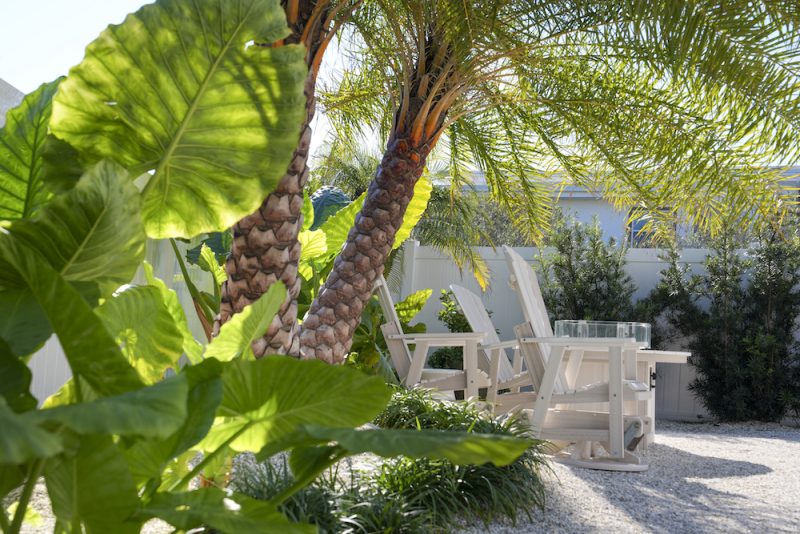
Sylvester Palm
The Sylvester Palm (Phoenix sylvestris), also known as the Silver Date Palm and similar to a needle palm, is a robust and attractive palm known for its silvery-blue fronds and rough, diamond-patterned trunk. Native to India, this palm is popular in both residential and commercial landscapes.
Climate Suitability
Sylvester Palms thrive in Florida’s hot, humid climate and are also drought-tolerant once established. They can handle cold snaps down to 15°F, making them suitable for most areas in Florida, including Northeast Florida.
Placement and Care
Sylvester Palms are ideal for large landscapes due to their significant size, often reaching up to 40 feet tall. They require full sun and well-drained soil but are relatively low maintenance once established. Sylvester Palms are often used as specimen trees in landscapes or planted in rows for a stately appearance.
Unique Qualities:
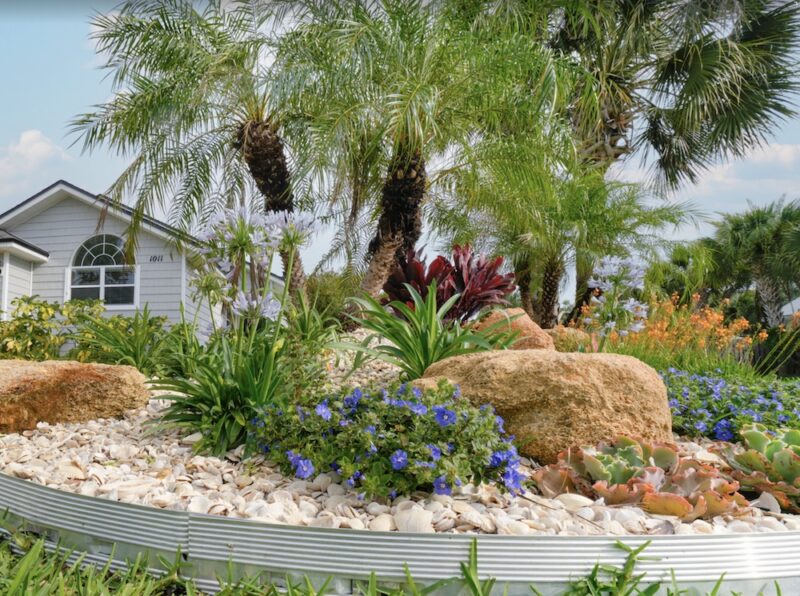
Bismarck Palm
The Bismarck Palm (Bismarckia nobilis) is a stunning palm tree known for its massive, fan-shaped silver-blue leaves and thick trunk. Originally from Madagascar, this palm is a showstopper in any landscape.
Climate Suitability
Bismarck Palms thrive in Florida’s climate, particularly in sunny locations. They are drought-tolerant and can handle occasional cold spells, making them suitable for both South and Northeast Florida. However, they are best suited for areas that do not experience prolonged cold periods.
Placement and Care
Due to its large size, the Bismarck Palm requires ample space to grow and spread its fronds, which can reach 10 feet in diameter. It is best placed as a focal point in a large garden or open space. Bismarck Palms prefer full sun and well-drained soil and require minimal watering once established. The palm leaves provide shade and enhance the overall aesthetic of the landscape.
Unique Qualities:
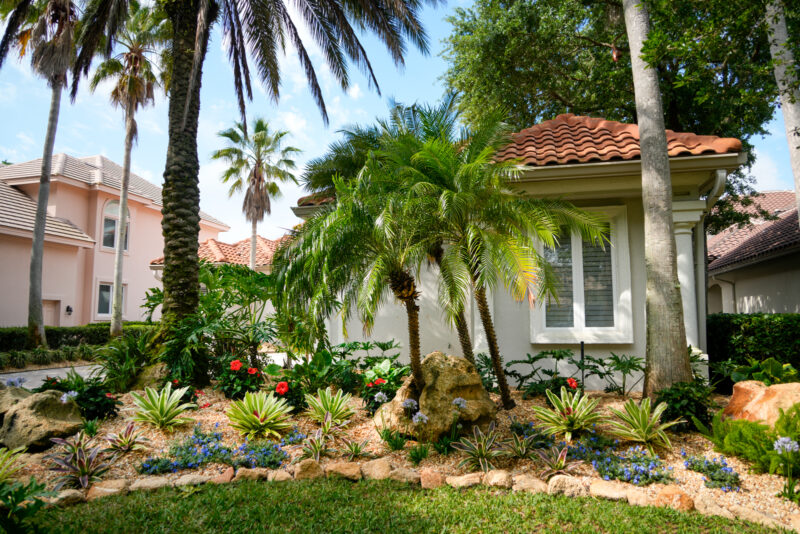
Sabal Palm
The Sabal Palm (Sabal palmetto), also known as the Cabbage Palm, is the state tree of Florida and a staple in many landscapes. This native palm is known for its hardiness and versatility, making it a popular choice for both residential and commercial properties. Ensuring a healthy palm by considering factors like watering, sunlight, soil type, and pest resistance is crucial for its resilience and longevity.
Climate Suitability
Sabal Palms are incredibly well-suited to Florida’s climate, thriving in both coastal and inland areas. They are highly tolerant of salt, drought, and cold, making them one of the most resilient palm trees available. Sabal Palms can withstand temperatures as low as 10°F, making them perfect for all parts of Florida, including the more temperate Northeast region.
Placement and Care
Sabal Palms are versatile and can be used in various landscape settings, from beachfront properties to urban areas. They prefer full sun but can also tolerate partial shade. Sabal Palms are low maintenance, requiring little more than occasional pruning of dead fronds.
Unique Qualities:
Coconut Grove Landscape & Design: Your Palm Tree Experts in Northeast Florida
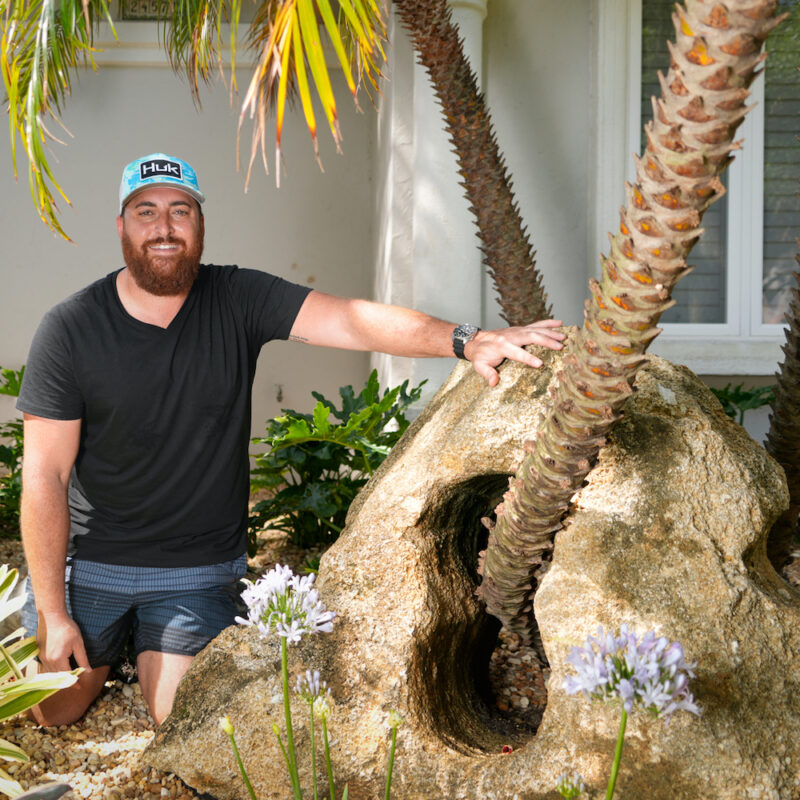
Why Choose Us?
When it comes to palm tree installation and landscape design in Northeast Florida, Coconut Grove Landscape & Design is the leading expert. With years of experience and a deep understanding of Florida’s unique climate, we specialize in selecting and installing the perfect palm trees for your property.
A Proven Track Record
Our team has completed countless landscaping projects across Northeast Florida, transforming ordinary yards into lush tropical paradises. We work closely with our clients to understand their vision and provide customized solutions that enhance the beauty and value of their properties.
Customized Solutions
Whether you’re looking to create a tropical oasis with Spindle Palms, add grandeur with Royal Palms, or incorporate the native resilience of Sabal Palms, we have the expertise to deliver. Our commitment to quality and customer satisfaction ensures that your landscape will thrive for years to come. We offer a variety of palm trees to suit different landscaping needs and preferences.
Contact Coconut Grove Landscape & Design Today
Ready to bring the beauty of palm trees to your home? Contact Coconut Grove Landscape & Design today to schedule a consultation. Let us show you how to choose the best palm trees for your home and provide professional installation services that will elevate your outdoor space to the next level.
